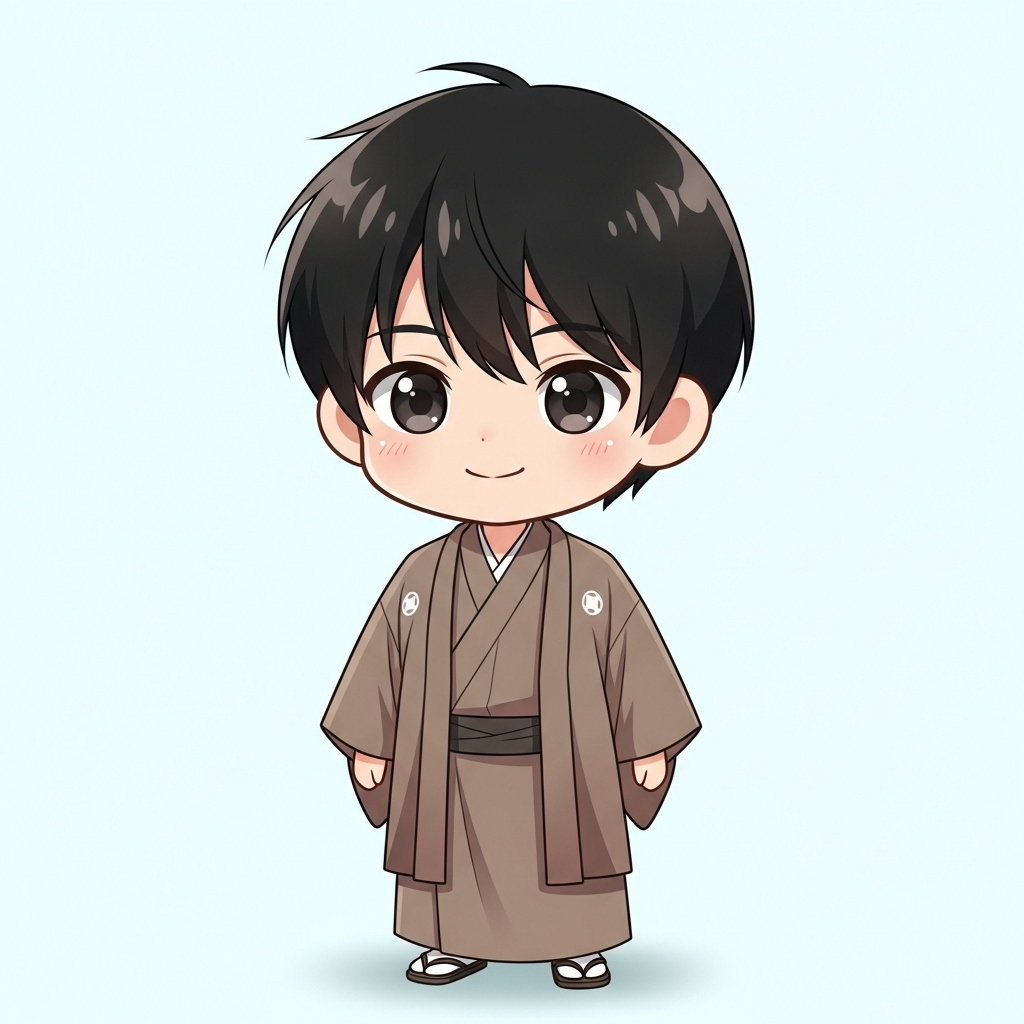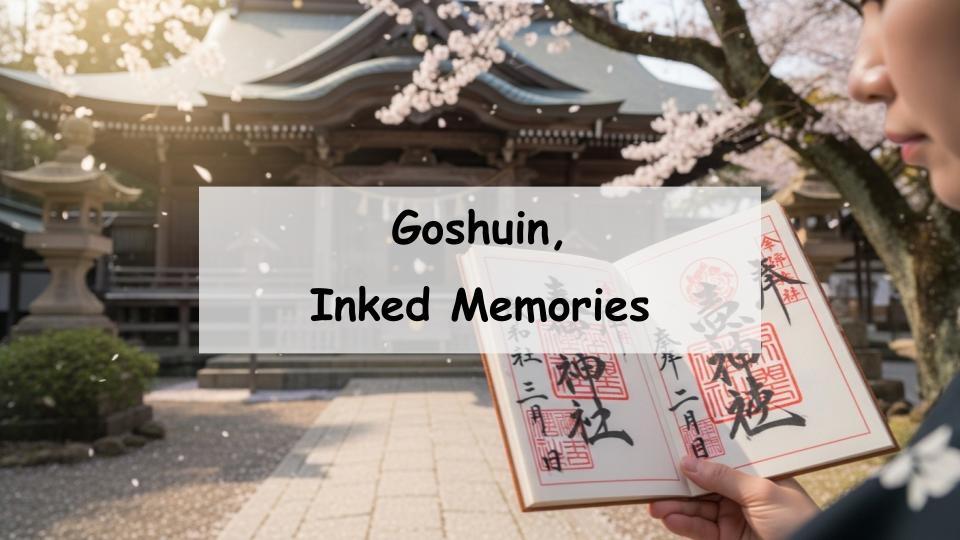Many people who search for information about Goshuin often wonder, “What exactly is a goshuin?” or “How can I start collecting them?” A goshuin is far more than just a stamp — it is a meaningful record of your visit to a shrine or temple. In this article, you’ll learn the basics of what a goshuin is, its historical and cultural significance, and five beginner-friendly tips for collecting them. By the end, you’ll understand why goshuin are so cherished and how to enjoy the experience of collecting them.
What Is a Goshuin? Basic Understanding
The History and Origins of Goshuin
The origins of goshuin can be traced back to ancient Japan, where pilgrims received a stamp as proof of offering a handwritten sutra to a temple. Over time, particularly during the Muromachi and Edo periods, the act of visiting shrines and temples itself came to be recognized as a spiritual offering. As a result, goshuin became more accessible to general worshippers and began to take on a broader cultural role.
The Meaning and Purpose of Goshuin
A goshuin is a sacred seal that commemorates your visit to a temple or shrine. It typically features red ink stamps and beautiful calligraphy, each unique to the site you visit. Beyond its visual appeal, a goshuin symbolizes your spiritual connection and respectful acknowledgment of the deities or Buddhas enshrined there. It is not merely a souvenir, but a form of spiritual documentation.
Types and Characteristics of Goshuin
There are mainly two types of goshuin — those from temples and those from shrines — and their formats and styles may vary. Some locations also offer limited-time or seasonal goshuin with special designs. Others include intricate artwork, vivid colors, or illustrations, making each one a unique piece of art. Collectors often find joy in discovering new styles as they visit different locations.
Why Goshuin Are So Appealing
Connection to Shrine and Temple Visits
Collecting goshuin turns a shrine or temple visit into a more meaningful experience. It adds spiritual and cultural depth to your journey, allowing you to reflect on history and tradition while engaging with your surroundings. It’s not just sightseeing — it’s a mindful practice that deepens your appreciation of the places you visit.
Artistic Beauty of Goshuin Designs
Each goshuin is handwritten and stamped by temple or shrine staff, giving it a one-of-a-kind quality. From elegant calligraphy to detailed illustrations, the artistic aspects of goshuin can be breathtaking. Many collectors are first drawn in by their visual appeal and soon come to appreciate the deeper significance behind them.
Why Goshuin Collecting Has Gained Popularity
One reason goshuin collecting has become so popular is its calming, meditative nature. Visiting sacred sites offers a break from the fast pace of daily life. The activity also encourages regional exploration, cultural discovery, and personal reflection — all while building a meaningful collection of your spiritual journey.
5 Tips for Beginners on Collecting Goshuin
Tip 1: How to Choose Your First Location
Start with easily accessible shrines or temples — perhaps one in your neighborhood or a famous site in a nearby city. Before your visit, check online or call to confirm that goshuin are available and during which hours they are offered. Planning ahead helps avoid disappointment and ensures a smooth experience.
Tip 2: How to Choose and Use a Goshuincho (Stamp Book)
To collect goshuin, you’ll need a goshuincho, a special book designed for this purpose. These come in various sizes and designs, so pick one that suits your taste. Because the goshuincho is considered sacred, handle it respectfully and use it solely for its intended purpose — do not write other things in it.

A lot of temples sell stylish goshuincho, so picking one out is part of the fun.
Tip 3: Proper Etiquette and Manners for Visiting
Before requesting a goshuin, always complete a proper prayer or ritual at the site. Be respectful and quiet in the sacred grounds. Remember that a goshuin is given, not sold. Approach the experience with sincerity and humility, not as a transaction.
Tip 4: When and How to Request a Goshuin
Goshuin are usually available at an office or reception area within the temple or shrine. Politely hand over your book, bow, and wait patiently. If the calligrapher is unavailable or the temple is busy, you may receive a pre-written goshuin instead. Again, always check availability in advance to avoid confusion.
Tip 5: How to Deepen Your Enjoyment of Collecting
Learning about the history of the shrine or temple before your visit enhances your appreciation of the goshuin you receive. Some people also write personal notes beside each stamp or take photos of the location for memory-keeping. These habits make your collection not only beautiful but also emotionally meaningful.
Common Questions and Important Points
About Goshuin Fees and Writing Styles
Goshuin typically require a small offering, known as a hatsuhoryo or nokyoryo, usually between 300 and 500 yen. Prices and styles vary depending on the location. Since each goshuin is unique, many collectors enjoy the anticipation of discovering what the next one will look like.
When You Might Not Receive a Goshuin
It’s important to understand that goshuin are a spiritual service, not a product. If you don’t complete a proper visit or arrive at the wrong time, your request may be denied. Additionally, goshuin may not be available during busy festivals, holidays, or religious services.
Etiquette Tips to Avoid Disrespect
Never treat goshuin collecting as a simple stamp rally. Be mindful of your surroundings and act respectfully. Loud behavior, rushing staff, or demanding a specific design are considered rude. Always remember that goshuin are part of religious practice, and gratitude is key.
Extra Ways to Enjoy Goshuin
Recommended Spots for Unique Goshuin
Some shrines and temples across Japan are especially known for their beautiful or unique goshuin. Popular examples include Kiyomizu-dera in Kyoto, Kasuga Taisha in Nara, and Tsurugaoka Hachimangu in Kamakura. Regional or seasonal designs are also widely admired by collectors.
Events and Books Related to Goshuin
Various exhibitions, seasonal events, and limited-time designs are available throughout the year. There are also many books introducing goshuin collections, historical context, and even tips for beginners. These resources can greatly enhance your knowledge and enjoyment.
How to Store and Preserve Your Goshuin
Goshuincho should be kept away from heat, moisture, and direct sunlight to prevent fading. If you have multiple books, consider organizing them by region or visit date. Treat your collection with care, and it will become a treasured personal archive of spiritual journeys.
A Message from the Guide

I’m not visiting temples just to collect goshuin (temple stamps), but if they don’t have one, I can’t help but feel a little disappointed.







Comment